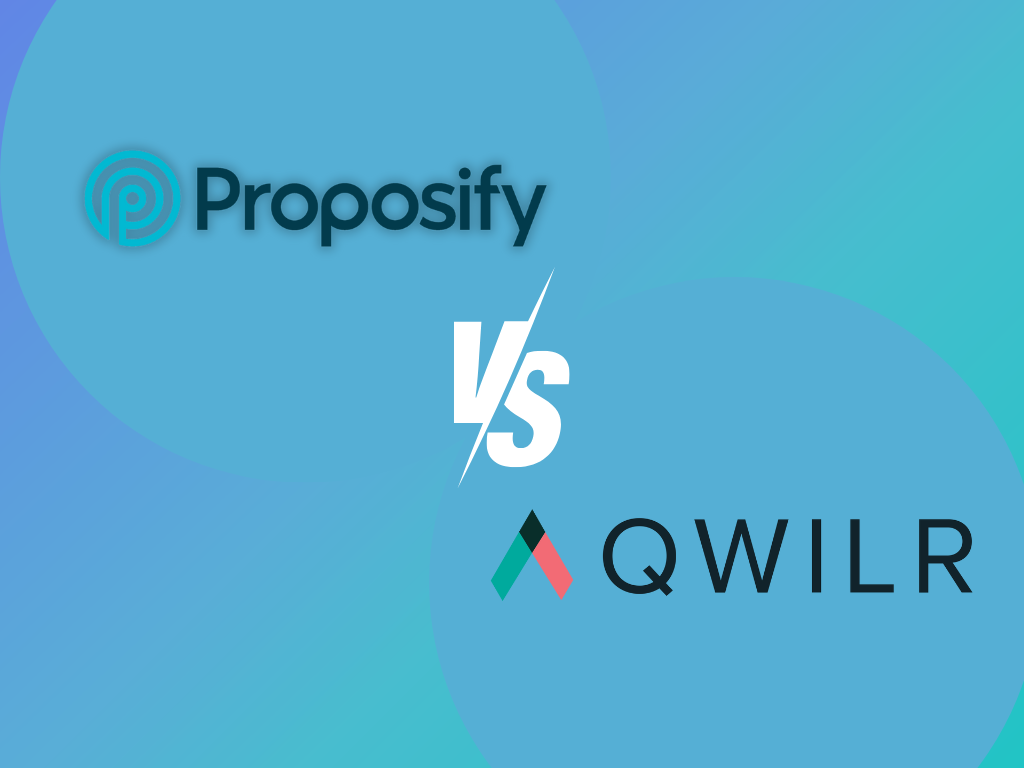Contracts create the necessary framework for successful business relationships by clearly outlining each party’s obligations, responsibilities, and expectations. However, they are not without risks, complications, and challenges. If not executed well, it might be a bit difficult to achieve the result you’re hoping for.
Regardless of the scale and price, you need to be wary of contract value leakage when entering into any form of agreement. Leaks happen when the contract’s financial benefits are not fully realized or are lost over time.
This article will walk you through everything you must know to spot and stop value leakage.
Table of Contents
What Is Contract Value Leakage?
When a contract is established, it is given that all contracting parties are expecting to gain something of value, be it financial or strategic benefits. However, in certain cases, the agreement falls short and does not meet the expected end results. This phenomenon is called contract value leakage.
For instance, if a contract was meant to help your company save on costs, but due to poor monitoring and communication, the expected savings are not achieved, that’s considered contract value leakage.
In other words, contract value leakage means that the parties did not get what they expected to get out of the contract, and as a result, they may experience financial losses and damage to their business relationships.

5 Reasons Why Contract Value Leakage Occurs
Contract value leakage can happen due to a variety of reasons, such as:
1. Poor contract management
Poor and ineffective contract management can be a major contributor to contract value leakage. Without the right system in place, it’s so easy to forget about your obligations and deadlines. Furthermore, it would be a lot harder to keep track of deliverables, especially if you are handling more than one contract at the same time.
2. Inadequate tracking and reporting systems
Managing contracts manually is not only inefficient, but it leads to missed opportunities and prevents you from identifying value leakage right away. Without the right set of tools, it can be difficult to collect the necessary information that can help identify opportunities for optimizing value.
3. Ambiguous contract terms
One of the things that can cause contract value leakage is by using unclear, inaccessible, and ambiguous terms in your agreement. It creates confusion, which can lead to misunderstandings, disputes, and disagreements. When these issues arise during your contract lifecycle, your agreement could easily lose some of its value.
4. Lack of governance and oversight
When you do not have the appropriate checks and balances in place, it can be challenging to track whether the contract is being executed according to what was agreed upon. As a result, there is a risk that obligations may not be met, performance metrics may not be achieved, or issues may go unnoticed and unaddressed.
5. External factors
There are a few external factors that cause the value of your contracts to depreciate, such as changes in the market or inflation, unforeseen events, and force majeure. The original contract terms may no longer be relevant or effective, and parties may not have the flexibility or ability to adapt to changing circumstances.

Smart and Easy Ways to Prevent Contract Value Leakage
Contract value leakage can significantly impact the success of your business relationships. This can result in financial losses, increased costs, and worse, reputational damage to your organization. But there’s no need to fret. There are a few things you can do to prevent this from happening.
Here are some of the best tips and practices to help you spot and stop value leakage.
1. Conduct thorough due diligence
Before you sign the dotted line, make sure that you conduct thorough due diligence to ensure that you fully understand the risks and opportunities associated with the contract. Assess the financial health and reputation of the company you’re about to enter into an agreement with. Consult your legal team if there are any terms that seem confusing to you.
2. Use technology to streamline processes
In today’s digital age, it’s essential to invest in tools and technologies to help you with your processes, especially contracts. The right contract management tool simplifies your contract creation, negotiation, and execution. And most importantly, it allows you to monitor the performance of your agreement, reducing the chances of contract value leakage.
3. Negotiate clear and specific contract terms
Don’t rush the process. Invest a good amount of time negotiating clear and specific contract terms to ensure that the contract is written with your best interest considered. This includes defining performance metrics, specifying timelines and deliverables, and establishing clear guidelines for communication and collaboration.
4. Maintain a proactive approach to risk management
As they say, prevention is always better than cure. After the contract is executed, keep an eye on the performance of your agreement. Conduct contract auditing. This ensures that all contracting parties are fulfilling their obligations. If there are any issues, address them right away. This can help prevent a catastrophic contract value leakage.
5. Adapt to changing circumstances
Aside from adding force majeure clauses, it’s also important that all the parties establish clear contract modification processes and mechanisms for renegotiating the contract as needed. With the ever-changing business environment, it can be difficult to predict what’s going to happen. With this in place, you can be sure that your contracts can easily adapt to whatever changes.

Fill: The Contract Management Tool You Need to Prevent Value Leakage
Contracts are considered the backbone of any business transaction, and effective management is key to ensuring that you are getting the most value out of your agreements. With Fill, you can easily and efficiently manage your contracts throughout their entire lifecycle–from creation to renewal or termination.
Fill is packed with powerful features that help you stay on top of contract performance, preventing contract value leakage. Our cloud-based solution makes it easier for you to keep an eye on the progress of your contract. You can access your documents anytime, anywhere, using any device.
In addition, our cross-platform application uses robust security features such as military-grade encryption and signer identity verification. This ensures that none of your documents will ever end up in the wrong hands. Furthermore, we also comply with many industry standards and international regulations, including HIPAA, GLBA, and GDPR.
Best of all, we offer a range of pricing plans that will surely fit your budget. You can enjoy state-of-the-art eSignature and contract management solutions without breaking the bank. So what are you waiting for?
Sign up with Fill today and keep contract value leakage at bay.




